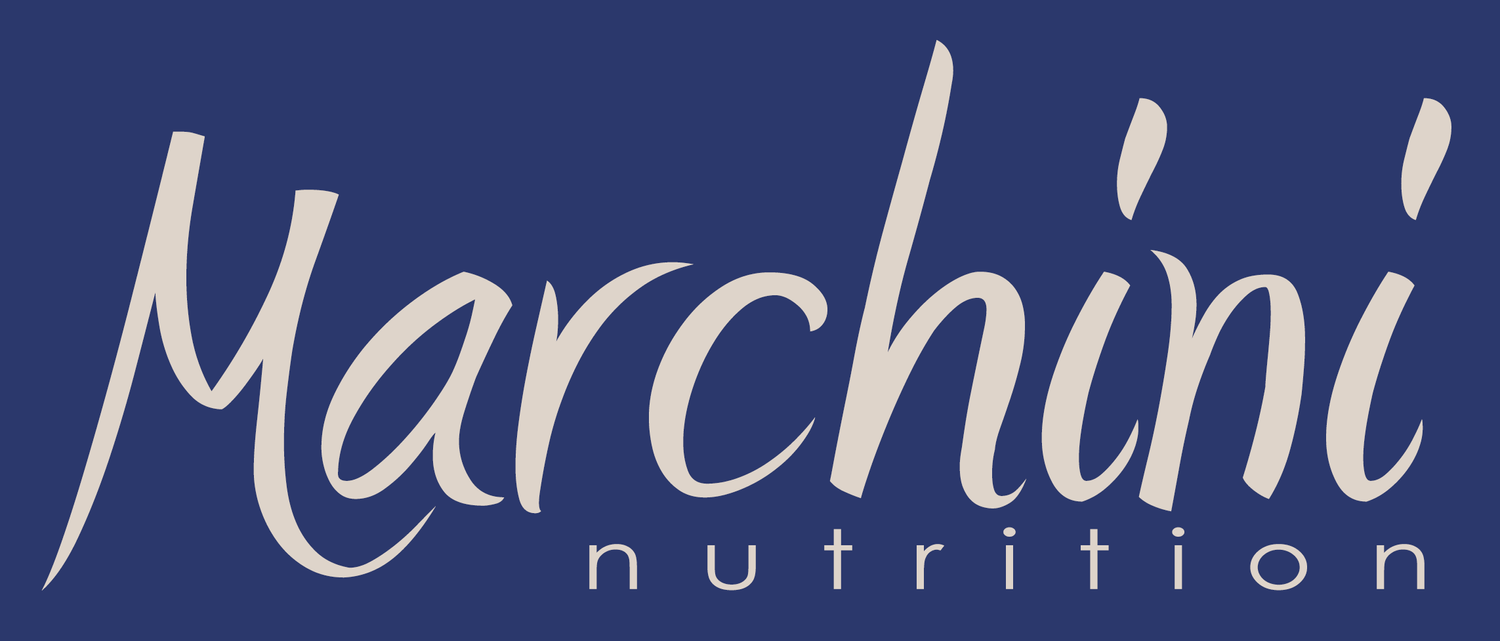Reblogging 'But does it contain gluten?'
Thanks to Accredited Practising Dietitian Joanna Baker of Everyday Nutrition for this helpful blog on identifying gluten on labels, helping us to Be Well Gluten Free :
If you have Coeliac disease, the only way to allow your gut to heal and to avoid symptoms is to follow a strict gluten free diet. Since gluten can be hidden in all sorts of unexpected places, learning to read a label will become one of your most essential skills. It may seem overwhelming at first, but with a little practise you will be able to take charge of your health and find freedom in being able to confidently decide for yourself if something is safe to eat or not.
1. Naturally gluten free foods.
Many foods are naturally gluten free. They are usually cheap to buy and can easily make up a large portion of a healthy diet. These include fresh fruits and vegetables, unprocessed and un-marinated cuts of fresh meat, poultry and fish, eggs, bottled water, plain cows milk (flavoured or soy milks may contain gluten), nuts and legumes, fats and oils, plain rice and other gluten free grains. These products may or may not be labelled as “Gluten Free” and unless they are contaminated in processing (see “allergen statements” below) are all suitable for a gluten free diet.
2. Gluten free declaration.
If a product is labelled clearly as “gluten free” this overrides all other statements. To carry this statement, the product must have been tested and gluten should be listed as 0g/100g in the nutrition information panel, as shown in the image to the right.
3. Gluten Free by ingredient
Gluten is the protein found in Wheat, Barley, Rye, and Oats. In some countries, Oats are considered as suitable for a gluten free diet, however Coeliac Australia recommends Oats are not included as part of a gluten free diet, unless the person has undergone a supervised Oat challenge including biopsy. You can read more about Oats here .
Some foods are gluten free because they don’t include any gluten containing ingredients. Read the ingredients list and look for wheat (including spelt, semolina and durum), barley (malt), rye, oats and their derivatives. Since Australian law specifies that certain allergens including Wheat or Gluten must clearly be labelled, these are often listed in bold, as shown below.
There are 2 important considerations here:
“E-numbers” given to thickeners, colours, preservative and emulsifiers, only identify the function of the ingredient, they do not identify the source of the ingredient. In this case if the ingredient is sourced from wheat it may be labelled as “thickener E1420 (wheat)” or “thickener E1420”. In the first statement the thickener was sourced from wheat and is labelled as such, in the second statement the thickener is not sourced from wheat and is a gluten free ingredient.
Glucose syrup is often sourced from wheat and since wheat must be identified is often labelled as “glucose syrup (wheat)” or “wheat glucose syrup”. All sugars ending in “-ose” (e.g. glucose, dextrose) have been highly processed and they no longer contain gluten. Coeliac Australia deems these ingredients as safe for people with coeliac disease. This is also the case for “Caramel Colour”.
4. Allergen statements
“This product contains” statements: As I said earlier according to Australian law certain allergens, including wheat and gluten, must be clearly labelled, you can read about the ingredients covered by this law here (). These statements are usually near the ingredients list or nutrition information panel. If a product has an allergen statement for wheat or gluten, look back over the ingredients list to identify which ingredients are the source of wheat or gluten. In the situation that the only source of wheat or gluten is glucose syrup or caramel colour, you can ignore this statement. If however you are unable to identify the source of the wheat or gluten, the product should be avoided.
“May contain” statements: these are used when an item is processed in a manner that it may have come into contact with wheat or gluten during processing and the manufacturer can not exclude cross contamination. Coeliac Australia recommends not eating these products.
5. Two golden rules
“No News is Good News” – if there is no mention of gluten or gluten containing ingredients you can assume the product is safe.
“If in Doubt, leave it out” – Don’t take unnecessary risks with your health. If you are unsure leave it out.
If you are after more information about a product credible sources of information include your local chapter of the Coeliac Society, your own Accredited Practising Dietitian, or the manufacturer of the product. Facebook, twitter, Instagram etc are not reliable sources of information for basing healthcare decisions.


